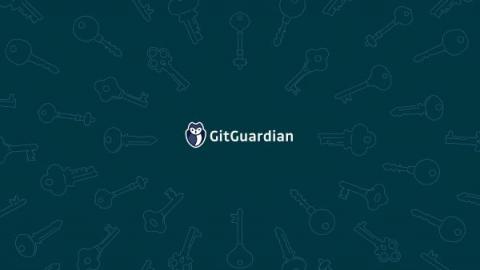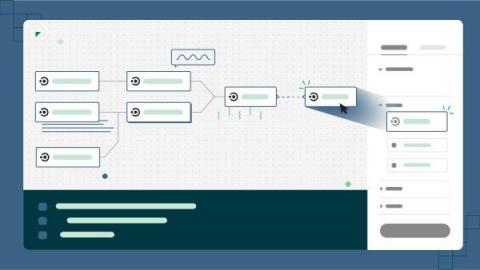Detect hardcoded secrets with GitGuardian
Developers are building features at an unprecedented speed using what they need from the software ecosystem. These ever-expanding options include open-source libraries and packages, SaaS tools, deployment systems, cloud services, and more. To keep things secure, we always need the same thing: a secret.











